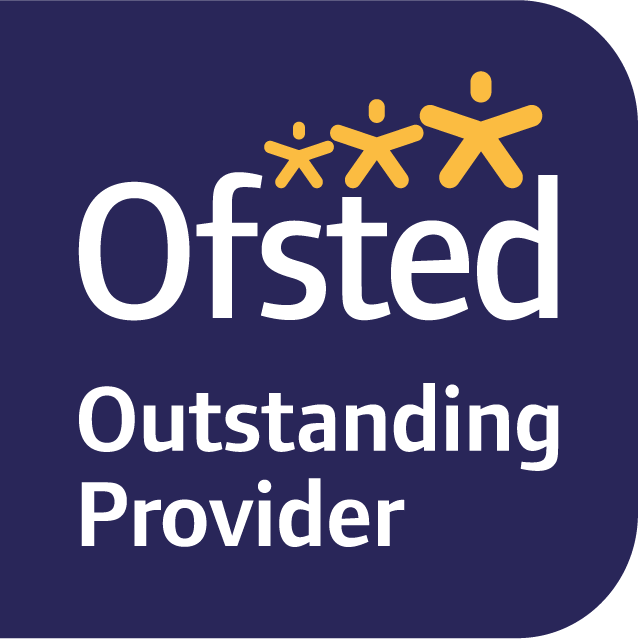Closing the Education Gap
_1000.png)
Closing the Education Gap

It is widely regarded that the Early Years is one of the most overlooked sectors in terms of funding. I, as well as many professionals in the sector, believe that it deserves more recognition as it gives children the best start in life. Through research, it has been outlined that there are still many inequalities within society, leading to a negative impact on children’s outcomes and life chances. Particularly relating to those from disadvantaged backgrounds.
The Sutton Trust found “disadvantaged children are 4 months behind at age 5, 10 months behind by the age of 11, and 19 months behind when they reach 16”.
This research opened the eyes of a range of practitioners, policy makers and professionals to the high importance of teaching within the Early Years sector. Unfortunately, during 2020, we also faced a worldwide pandemic, which meant that families were forced to self-isolate and not leave their home unless it was necessary. With early years settings forced into closures, it was not only those from disadvantaged backgrounds who gained developmental delays, but many other children in early years too. Ofsted’s annual report for 2020/21 found that 44% of early years providers had reported children’s personal, social and emotional development had fallen behind (Gaunt, 2021).


What can we do to close the education gap?
There is some fantastic work and early intervention schemes being developed to target vulnerable groups. This is to ensure that children, and their families, are both supported.Many settings are also enabling opportunities to follow children’s interests through ‘in the moment planning’ while others are merging age groups to enable older children to support younger children. Many have found that this has created benefits to personal, social and emotional development and to improve peer learning and social responsibility (Chase and Doan, 1994, cited in Rawstrone, 2020).
.png)

"It is the role of the setting to ensure that children experience the awe and wonder of the world in which they live, through the seven areas of learning."
This, in turn, will provide the opportunity for each child to have success in each area of their lives, starting with education and then eventually further education or work. Many settings are utilizing this sociological approach by providing and creating a diverse and culturally rich environment which considers each child with their own individual circumstances. There are many elements of the Early Years Foundation Stage Statutory Framework 2021 which can enable cultural capital to be embedded within curriculum to improve learning for Early Years Practitioners.
Our goal at Best Practice Network is to take this research on board to highlight the change which is required in society to develop positive social mobility and reduce these statistics within Early Years. Parents, as well as Early Years Practitioners and Early Years Educators are the foundations of children’s lives, which emphasises the importance of the development of staff working within the Early Years sector. We need to support children to achieve their potential through a safe learning journey and celebrating the unique child.
Apprenticeships and training courses are a way in which staff can be upskilled to develop their practice and support vulnerable groups to help close this developmental gap in the future, enabling positive outcomes for young lives.
.png)


